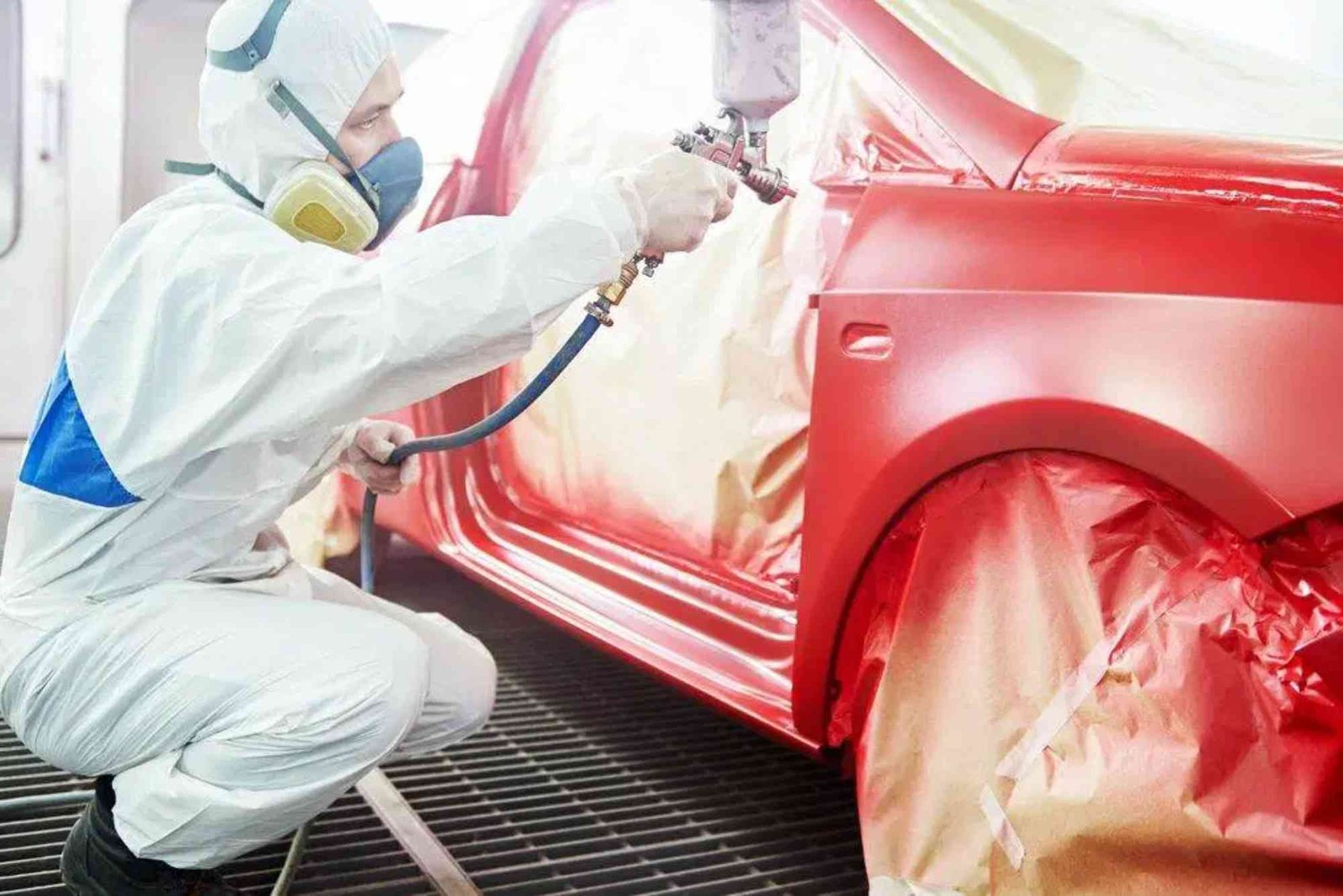Introduction
Car owners often face a common challenge: scraping the underside of their vehicle on speed bumps, uneven terrain, or steep driveways. The culprit? Low ground clearance. If you’ve ever heard that painful scraping sound, you know it’s not just annoying — it can lead to expensive damage. Fortunately, there are several effective and safe methods for improving your car’s ground clearance. In this guide, we’ll explore how to increase ground clearance of car with practical tips, expert insights, and actionable advice that every driver can follow.
Understanding Ground Clearance
Ground clearance, sometimes called ride height, is the distance between the lowest point of a vehicle’s body (excluding tires) and the road surface. It plays a major role in how your car handles different road conditions. Higher ground clearance offers better capability on rough roads, while lower clearance improves handling and stability at higher speeds.
Sedans and sports cars often have less clearance for aerodynamic reasons, while SUVs and crossovers are designed with more space underneath to handle off-road terrain. However, even compact cars can benefit from a small increase in ground clearance — especially in countries with uneven roads or large speed breakers.
Why Increasing Ground Clearance Matters
A little extra clearance can make a big difference. When you increase ground clearance, you not only protect your car’s underbody but also enhance overall ride comfort. Scraping damages exhaust pipes, oil pans, and bumpers, which can cost hundreds of dollars to repair.
In regions where roads are uneven or heavily potholed, higher clearance improves drivability and reduces the need to slow down excessively. It can also improve visibility since a higher seating position allows better road awareness.
Practical Ways to Increase Ground Clearance
Let’s look at some of the most reliable and practical ways to improve your vehicle’s ground clearance. Each option has advantages, costs, and potential trade-offs.
Suspension Lift Kits
Installing a suspension lift kit is one of the most direct and effective ways to raise your car’s ground clearance. It involves modifying the suspension system to increase the distance between the chassis and the axles.
This method works particularly well for SUVs, jeeps, and trucks. Suspension lift kits come in various sizes, typically ranging from 1 to 4 inches. The result is not only more clearance but also a more aggressive look.
However, keep in mind that raising the suspension too much can alter your car’s center of gravity, affecting stability during turns. It’s best to consult a mechanic before installation.
Upgrading Tire Size
Another popular method on how to increase ground clearance of car is by switching to slightly larger tires. Bigger tires naturally raise the car’s height from the ground.
For example, moving from 14-inch to 15-inch tires can increase clearance by about half an inch or more, depending on tire thickness. However, this approach has limits. Oversized tires may affect speedometer accuracy, fuel efficiency, and steering response.
Before changing tires, check your car’s manufacturer specifications or consult a tire expert to ensure compatibility.
Coil Spring Adjusters
Coil spring adjusters are small rubber or polyurethane spacers inserted between the coils of your suspension springs. They are a simple, cost-effective way to raise clearance slightly — typically by 10–20 mm.
They also improve load-bearing capacity, which helps prevent sagging when carrying passengers or cargo. Many car owners use spring adjusters as a quick solution without altering the suspension or tires permanently.
Suspension Spacers
Suspension spacers are designed to sit above the coil springs or struts to lift the body slightly higher. They’re made of durable materials like steel or polyurethane and provide a moderate lift.
This is an excellent choice if you want a temporary or reversible solution. It’s less expensive than a full suspension lift and doesn’t compromise ride quality much. However, improper installation can stress suspension components, so always get it done by a qualified technician.
Air Suspension Systems
For those seeking premium control and comfort, air suspension systems are the ultimate solution. These systems replace traditional springs with adjustable airbags that can be inflated or deflated to raise or lower the vehicle’s height.
Luxury vehicles often use this feature to automatically adjust clearance based on road conditions. Though more expensive, air suspension gives you the flexibility to adapt your car for both city and off-road driving.
Adjusting Load and Weight Distribution
Sometimes, increasing ground clearance doesn’t require mechanical changes at all. If your car sits lower due to heavy luggage, aftermarket accessories, or uneven weight distribution, removing excess load can restore original clearance.
Check your trunk and cabin for unnecessary weight, and ensure that suspension components like shock absorbers are in good condition. A worn-out suspension often causes the car to sit lower than intended.
Aftermarket Lift Blocks
Lift blocks are commonly used in rear-wheel-drive vehicles. They are inserted between the rear axle and the leaf spring, raising the vehicle’s back end slightly.
While effective, this method is mostly suited for pickup trucks and SUVs. For cars, a professional evaluation is essential before opting for lift blocks to avoid imbalance or alignment issues.
Expert Insights: Balancing Performance and Safety
Raising your car’s ground clearance can improve practicality, but it must be done thoughtfully. Over-lifting a vehicle can affect aerodynamics, steering geometry, and braking performance. Experts recommend increasing ground clearance by no more than two inches for everyday cars.
Also, remember that suspension and tire modifications can void certain manufacturer warranties. Always document upgrades and ensure they comply with local regulations.
Experienced mechanics also suggest realigning your wheels after any height modification. This helps prevent uneven tire wear and maintains proper handling.
Maintenance After Increasing Ground Clearance
Once you’ve raised your car’s height, it’s crucial to maintain it properly. Check your suspension components regularly for wear, ensure proper tire pressure, and inspect the underbody for leaks or misalignment.
Regular wheel alignment is particularly important since altered height can affect the vehicle’s geometry. Also, remember that higher clearance may slightly increase body roll, so drive cautiously during sharp turns.
Common Myths About Increasing Ground Clearance
One common misconception is that higher always means better. While increased clearance helps with rough roads, it may reduce highway stability and fuel efficiency.
Another myth is that adding larger tires alone can solve the problem. Without adjusting suspension, oversized tires can cause rubbing issues and damage fenders.
Lastly, some believe that DIY methods like inserting wood blocks or unapproved spacers are safe. These makeshift solutions are risky and can lead to suspension failure or accidents. Always choose professional installation.
Benefits of Increasing Ground Clearance
When done correctly, increasing ground clearance offers several benefits. It prevents underbody damage, improves ride comfort, and enhances off-road capability. You’ll experience fewer scraping incidents and greater confidence on bumpy roads.
For families and travelers, it also means safer long-distance drives and less stress over uneven terrains. If you’re considering making the change, explore professional options like those detailed in this guide on How To Increase ground clearance effectively.
Many car owners in hilly or rural areas opt for suspension spacers to handle rough paths. A Honda City owner, for instance, can add 20 mm spacers to prevent bottoming out on speed breakers. Similarly, compact SUV owners often choose slightly larger tires for improved ride height without affecting handling.
These practical solutions, when applied correctly, can transform your driving experience. For additional insights, you can Read more on www.autotrader.com about models that offer higher factory ground clearance.
FAQs
Q1: Is it safe to increase ground clearance of a car?
Yes, it’s safe when done professionally using proper equipment and parts. Avoid DIY methods that compromise stability.
Q2: Can tire size alone increase ground clearance?
Slightly larger tires can raise height by a small margin, but too large tires can affect handling and mileage.
Q3: How much does it cost to increase ground clearance?
The cost depends on the method. Coil spacers cost around $100–$300, while full suspension lift kits can exceed $1000.
Q4: Will increasing ground clearance affect mileage?
It can slightly reduce mileage due to aerodynamic drag, but the difference is often minimal for small lifts.
Q5: Can I reverse the modifications later?
Yes, most suspension and tire changes are reversible, though professional help is needed for proper adjustment.
Knowing how to increase ground clearance of car empowers you to make smarter decisions about comfort, safety, and performance. Whether it’s upgrading tires, adding spacers, or investing in air suspension, every option offers unique benefits when applied correctly.
If your car frequently scrapes or struggles on rough roads, don’t wait for costly underbody repairs — take action now. Learn more in-depth techniques and expert recommendations on How To Increase Ground clearance efficiently and safely.








